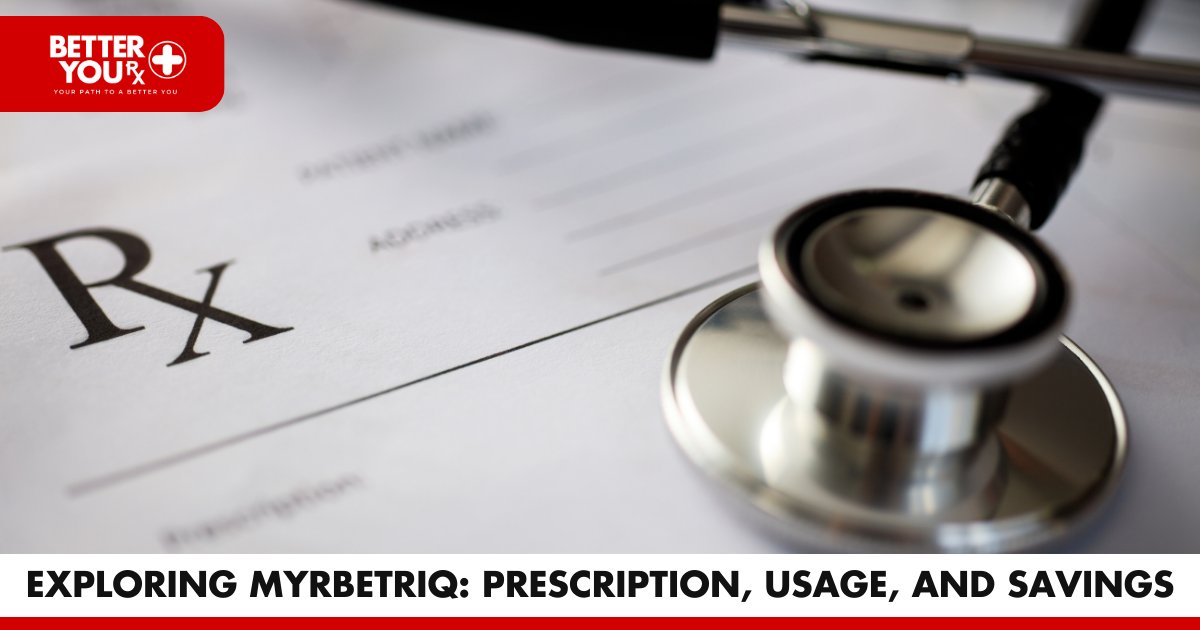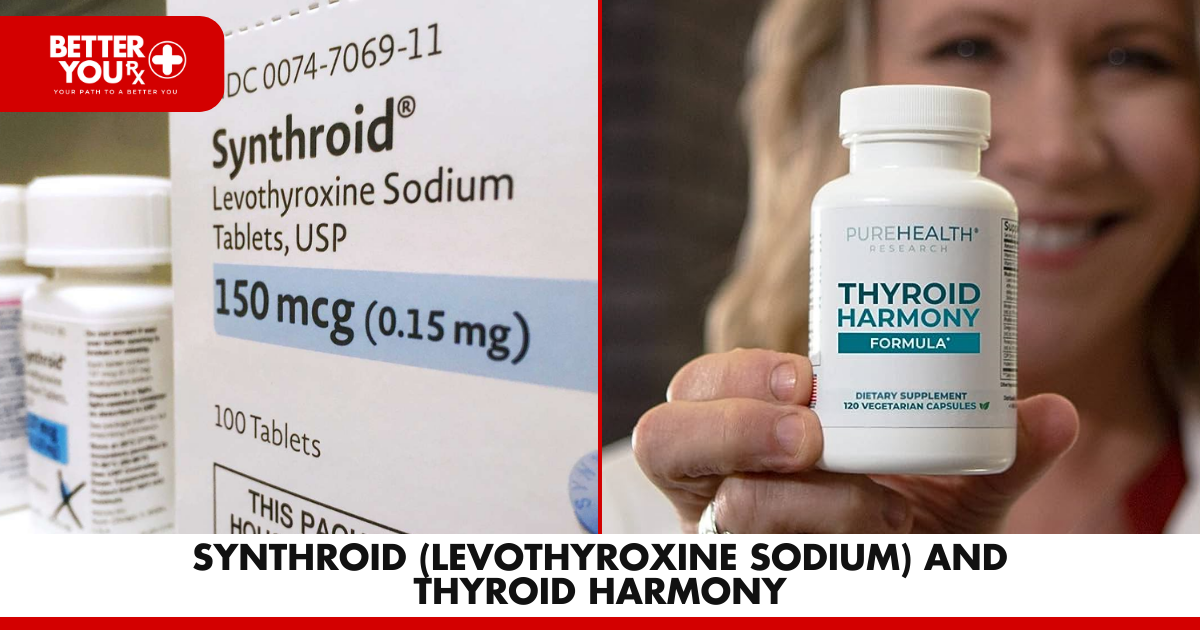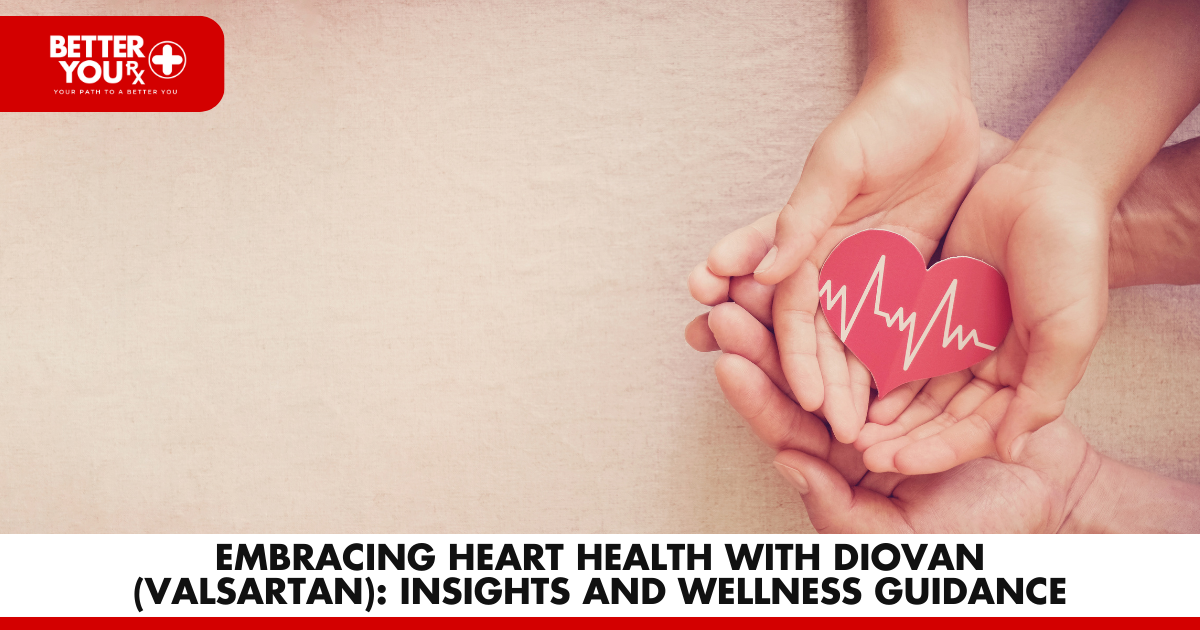Exploring Myrbetriq: Prescription, Usage, and Savings
Myrbetriq, or mirabegron, is a medication designed to manage overactive bladder (OAB), a condition causing sudden urges to urinate. It requires a doctor’s prescription and can be purchased with or without insurance. Let’s delve into essential aspects of this medication.
Key Points about Myrbetriq
- Purpose: Myrbetriq aids adults with OAB by addressing symptoms like urinary urgency, frequency, and leakage. It enhances the bladder’s capacity to hold urine by relaxing its surrounding muscle through the beta-3 pathway.
- Forms and Dosages: Available in film-coated, extended-release tablets of 25 mg (brown) and 50 mg (yellow). Taken orally once daily with water, with or without food. Effectiveness peaks around four hours after consumption. Note: Do not chew, divide, or crush the tablet.
- Side Effects: Common side effects include headache, increased heart rate, nausea, dizziness, and more. Serious reactions, like allergic symptoms or severe discomfort, require immediate medical attention.
- Generic Version: While a generic version isn’t currently available in the US, a pharmaceutical company received Federal Health Authority approval for a similar medication in 2019.
- Prescription Required: Both local and online pharmacies demand a doctor’s prescription for Myrbetriq.
- Retail Price: The price for Myrbetriq varies, with the extended-release 25 mg tablets costing approximately $432 for 30 tablets. Insurance coverage, discounts, and demand influence the price. It’s notably costly compared to similar medications and may not be fully covered by insurance.
Assistance Programs: Some programs offer financial support for Myrbetriq:
- Momentum Program: Astellas Pharma provides a program granting savings of up to $70 per month for eligible patients. Non-cash-paying patients may also receive cost-free prescriptions via the Momentum Savings Card.
- Patient Assistance Program: Myrbetriq Support Solutions by Astellas Pharma offers various forms of assistance depending on patients’ insurance status, including health coverage options and financial support.
Using Myrbetriq Effectively
- Prescription Guidance: Myrbetriq should be taken only as prescribed and guided by a healthcare professional. Any changes or substitutions should be discussed with a doctor.
- Monitoring: Report any side effects or changes in response to the medication to your healthcare provider. They can offer alternatives if necessary, such as Oxybutynin, Tolterodine, or others.
- Affordability Solutions: If the cost of Myrbetriq is a concern, consult your doctor about enrolling in patient assistance programs or utilizing patient discount cards.
Ultimately, Myrbetriq’s effectiveness depends on following medical guidance and maintaining open communication with your healthcare provider. Prioritize your health and explore available options for making Myrbetriq a manageable choice for your well-being
If you’re looking to buy the best Prescription Pills and the most effective Weight-Loss Medications online, then you’re in luck! Discover the ultimate online pharmacy experience with Better You Rx – your ideal pharmacy partner! We’ve carefully selected the finest pharmacies to team up with, ensuring you receive top-notch service and a wide range of products. Say goodbye to the hassle of finding the perfect online pharmacy, and say hello to Better You Rx, your one-stop solution for all your health and wellness needs! Visit our website https://betteryourx.com/










